Serena and Venus Williams reign at the US Open: Inside the 'Williams effect' on tennis
Williams sisters join other African-American women as top U.S. Open contenders.
Serena Williams and Venus Williams have revolutionized the sport of tennis with their decades of dominance.
The two African-American sisters from Compton, California, blew right past stereotypes of tennis as a “country-club sport” on their way to a combined 30 Grand Slams, and counting.
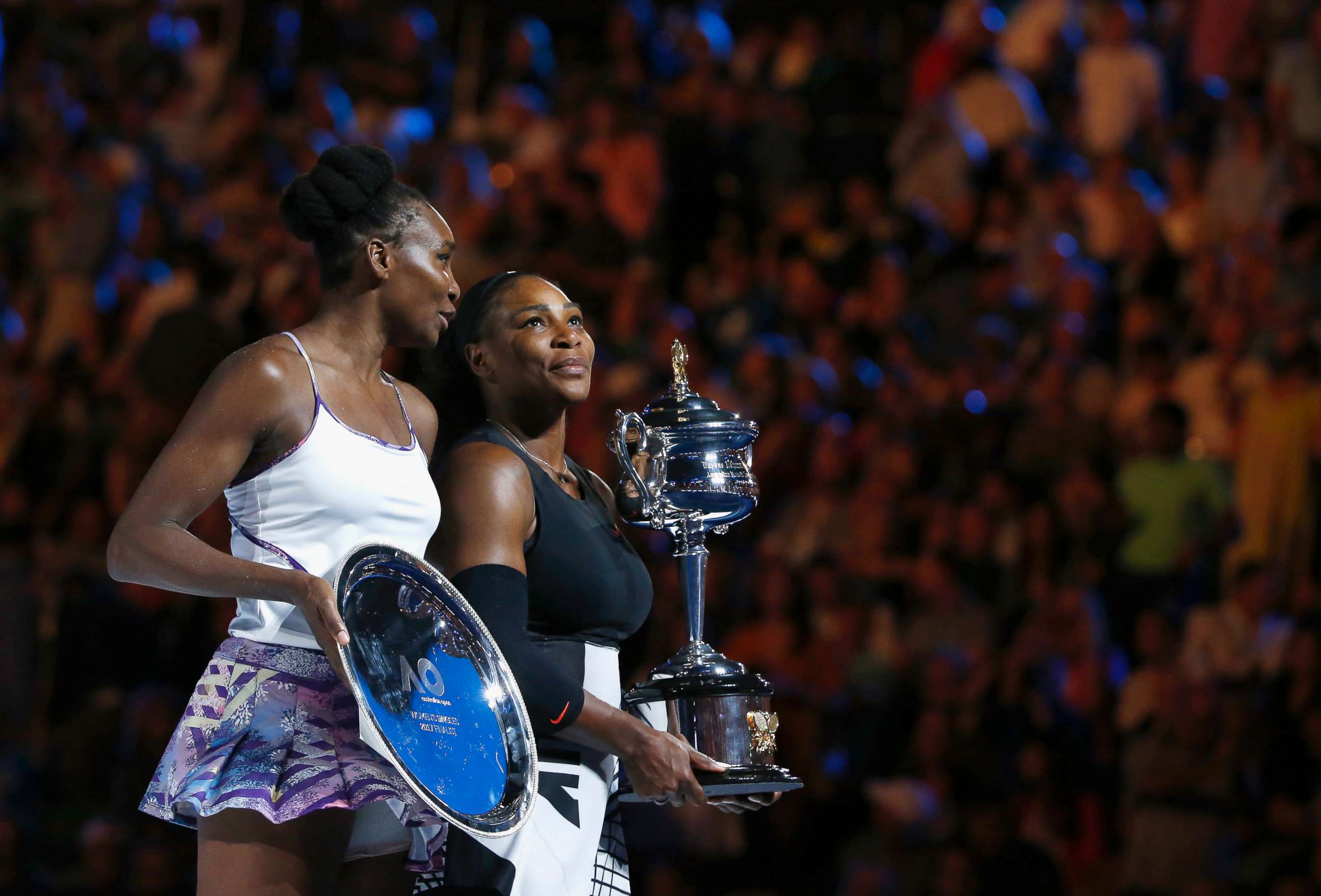
In their wake, younger African-American female players like Sloane Stephens and Madison Keys have risen to the top of the sport, proving the theory that you can be what you can see.
On the other side, the last male African-American player to win a Grand Slam was Arthur Ashe in the 1970s.
Changing that statistic and making tennis more accessible to people from all backgrounds -- whether they become Grand Slam champions or not -- is the number one goal for Katrina Adams, chairman of the board and president of the United States Tennis Association (USTA).
"From the USTA’s perspective, we want tennis to look like America," said Adams, the first African-American, first former professional tennis player and youngest person to serve as president in the USTA's 135-year history. "From my perspective, I want to see a lot more kids of color have the opportunity to have the same experiences as I did as a professional player and beyond that."
"There’s a lot of talent around the country," she said. "We want to make sure that those kids have the opportunity and the pathways to have a chance to compete and be the best that they can be."
The 'Williams effect' on tennis
The USTA's efforts are on full display as their signature event, the U.S. Open, is underway now in Flushing Meadows, New York.
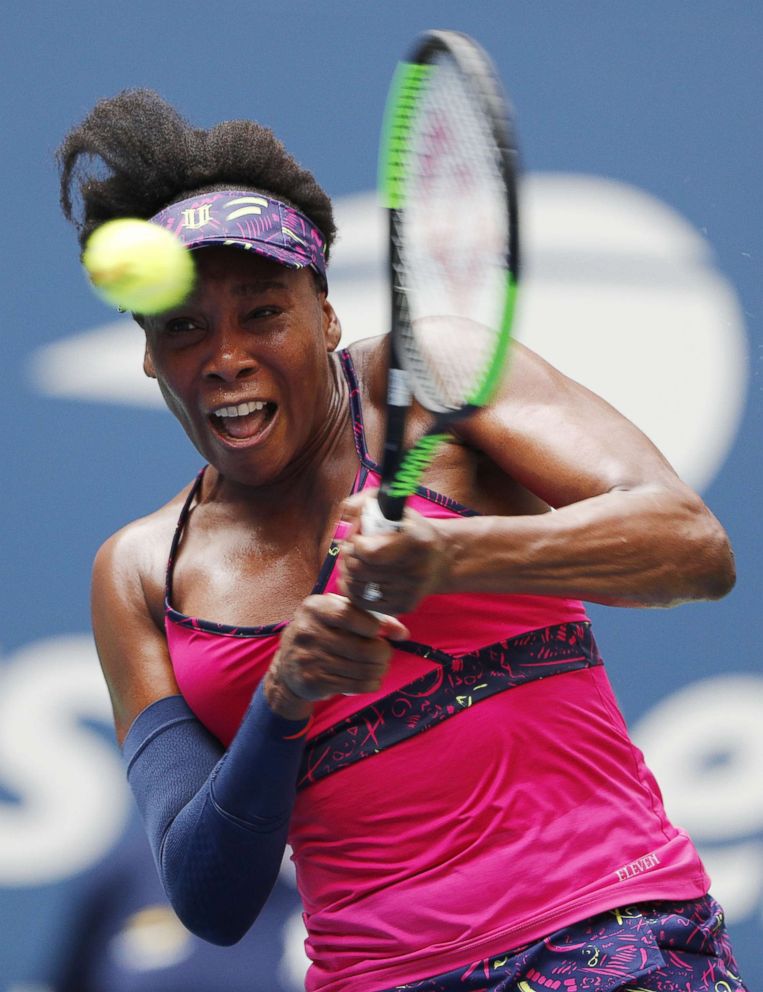
The leading American contender among the men is Frances Tiafoe, a 20-year-old who grew up in College Park, Maryland, and developed his game with the help of the USTA.
For the women, the Williams sisters are both contenders for the title, as are Stephens and Keys. Stephens won last year's U.S. Open, after beating Keys in the final and Venus Williams in the semifinal.
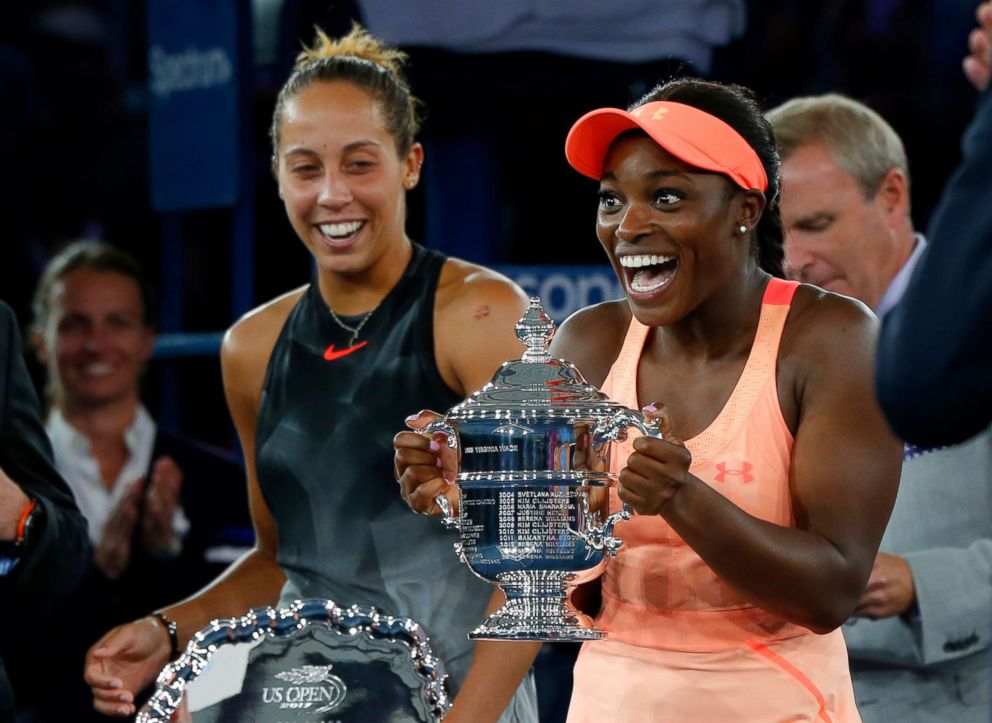
Serena Williams missed last year's Open after giving birth to her first daughter, Olympia. She is seeded 17th this year and cruised to a 6-4, 6-0 win Monday in the first round.
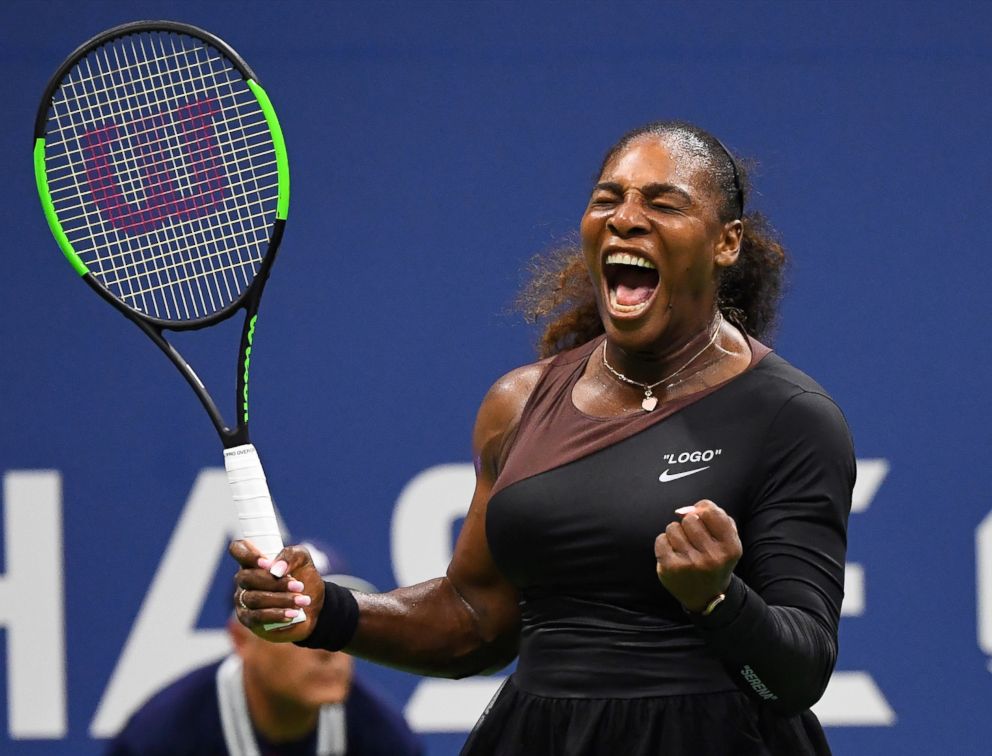
Another African-American female player, Taylor Townsend, an Atlanta native, scored a first-round victory Tuesday in the U.S. Open and is ranked No. 73 in the world.
"Of course there has been a ‘Williams effect’ on girls playing tennis over the years," Adams said. "They’ve been at this for 20 years and they’ve not only been at it, they’ve been winning and they’ve been the role models for these young girls."
"[Sloane Stephens and Madison Keys] grew up idolizing Venus and Serena, wanting to be like them, and here we are 15 years later where they’re playing as either a Grand Slam champion or in the finals of Grand Slams," she added. "I think we have an opportunity now where Sloane and Madison are those faces for the next generation."
The new players blazing a path in tennis
Robin Montgomery, 13, and Clervie Ngounoue, 12, are two African-American players in the USTA's player development program who saw the success of Venus and Serena Williams and Stephens and Keys and are following in their footsteps.
"I grew up watching all of them," said Clervie, who now trains in Washington, D.C. "They were all an inspiration."
Clervie started playing tennis at age 3 after being introduced to the sport by her dad, a tennis coach in Bowie, Maryland.
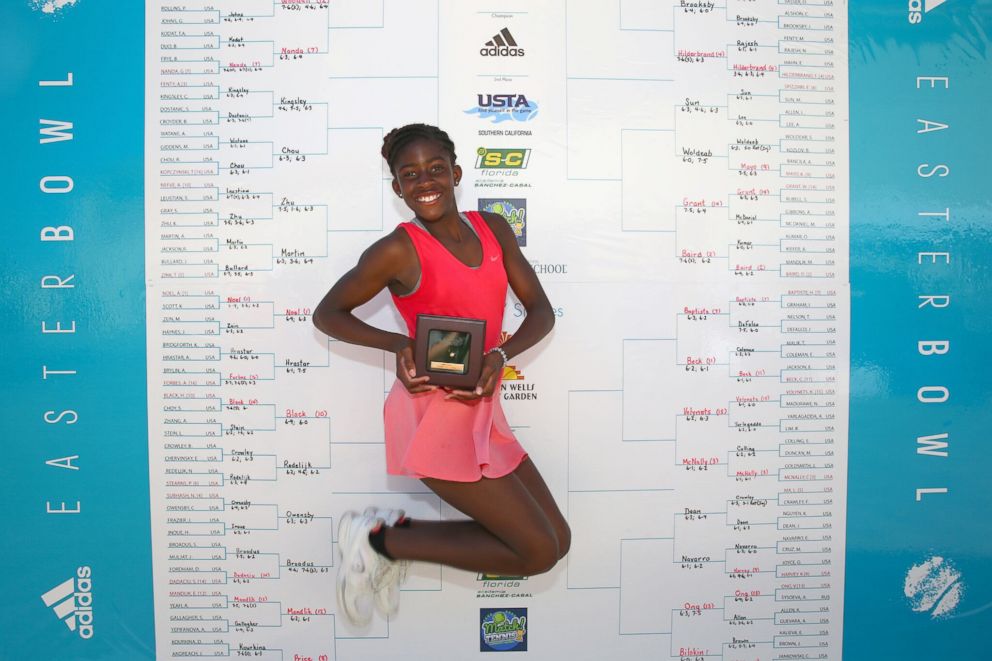
She calls it "motivating" to see more players of color in the sport of tennis. Through the USTA, she has had access to mentors like Zina Garrison and Jeri Ingram, two former professional tennis players who are also African-American.
"When they used to play pro, there was no diversity in the game and they had to push through that," Clervie said. "If it was just one race or one kind [playing tennis], I don’t think it would be as fun as it is right now."
She added, "I like that there’s a lot of diversity in tennis because I think it gives kids more confidence to be playing the game."
Robin, who trains in College Park, Maryland, was introduced to tennis at age 4 through a USTA program for kids at public tennis courts.
She credits the USTA for discovering her talent and credits players like the Williams sisters for paving the way in what she sees as still not an incredibly diverse sport.
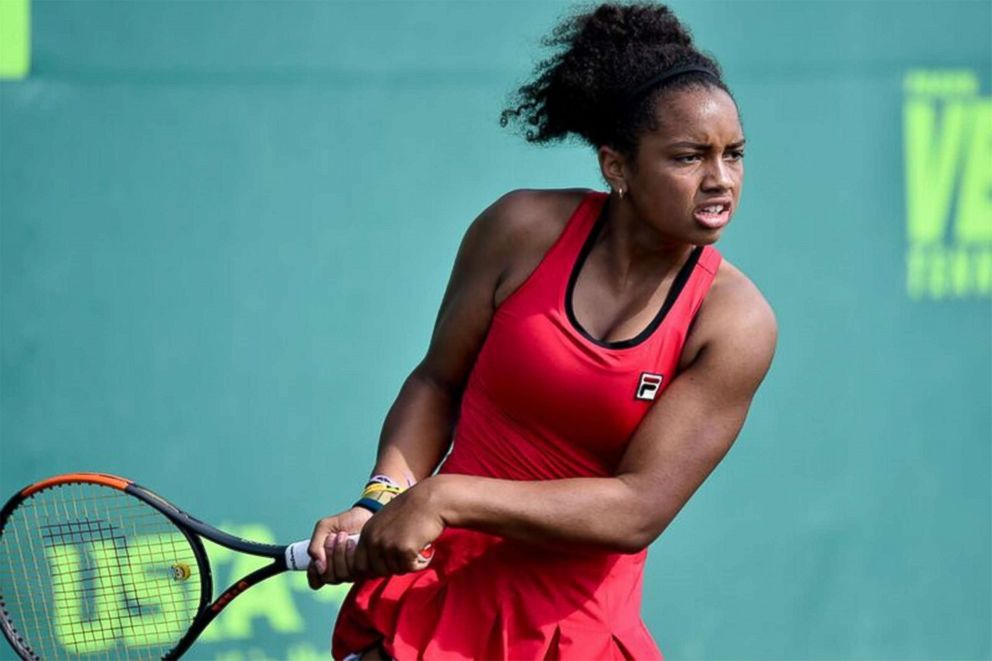
"It’s definitely getting more diverse but I think it’s still kind of very obvious that tennis is an exclusive sport, for rich people you could say," Robin said. "Definitely having figures like [Serena and Venus] has helped."
She now finds herself blazing her own path as the next generation of diversity in tennis.
"My coach tells me they look up to me," she said of younger players. "Seeing me play, I think, is inspiring them more to keep playing and doing what they can do."
How the USTA is reaching underserved areas
For the USTA and Adams, Robin and Clervie are the dream result of their efforts: Two players who may not have been exposed to tennis were given the chance to develop their skills and now are on the path to the professional ranks.
"We know the importance of diversifying our sport to get the best talent that we can get into our sport," Adams said. "I think if you go across America and watch these kids play, we know that they’re out there, it’s just how do we get them to the next level."
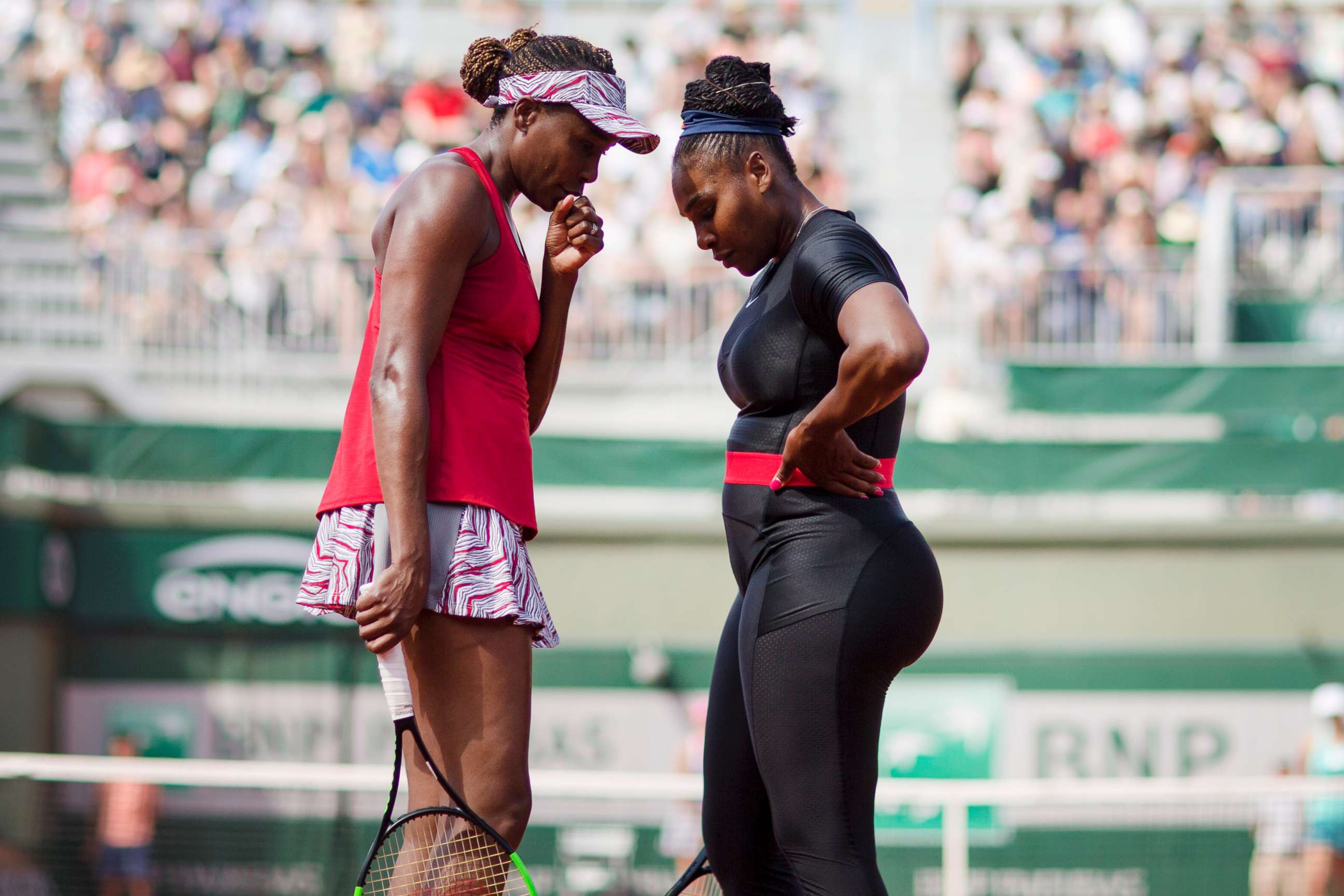
The USTA, under Adams' leadership, is also just as sharply focused on giving all kids the opportunity to play tennis, whether they turn into Grand Slam champions, college athletes with full scholarships or just an adult who learned about life through tennis.
"Tennis really is not about competing as much as it is about developing as an individual," Adams said. "It teaches you life skills, how to build your confidence, your self-esteem, how to deal with adversity, how to manage your time, all the qualities you need to be successful in life."
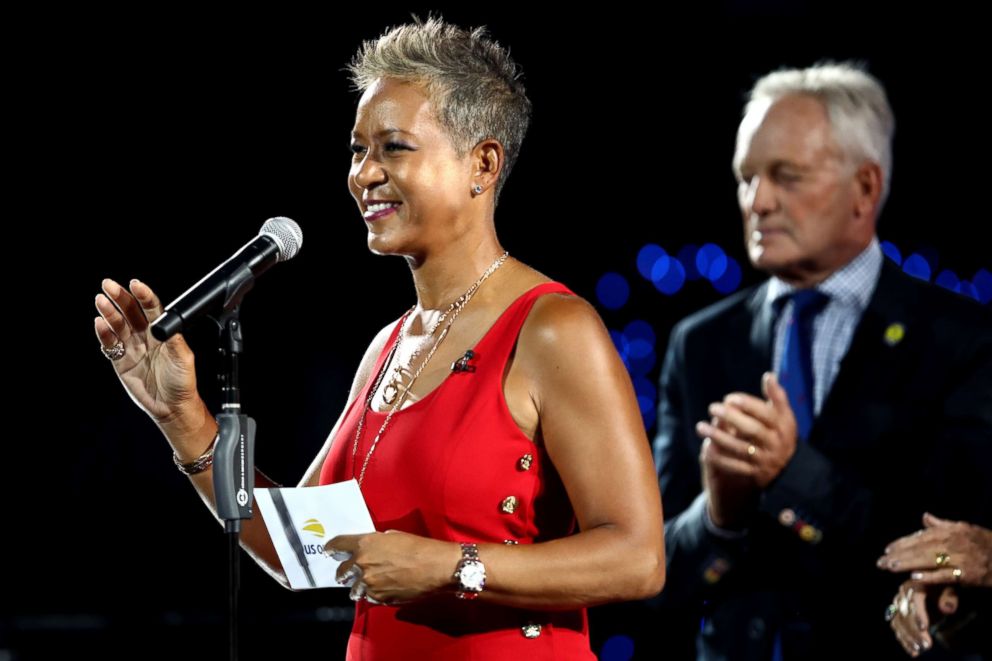
"We’re trying to erase the stigma that it’s an elitist sport because it’s not. There was a time when it was, but now it’s not," she added.
Adams' top initiative now is to reach people in the Hispanic community, a fast-growing demographic in the United States.
Under her leadership, participation among the Hispanic demographic grew from 1.7 million in 2015 to 1.88 million in 2016, according to the USTA.
The New York-based organization has developed what they call diversity engagement guides to educate tennis coaches and USTA members on the need for inclusion and how to reach key audiences.
The USTA is also reaching kids in underserved areas through its new Net Generation program that works with schools to provide tennis equipment and training.
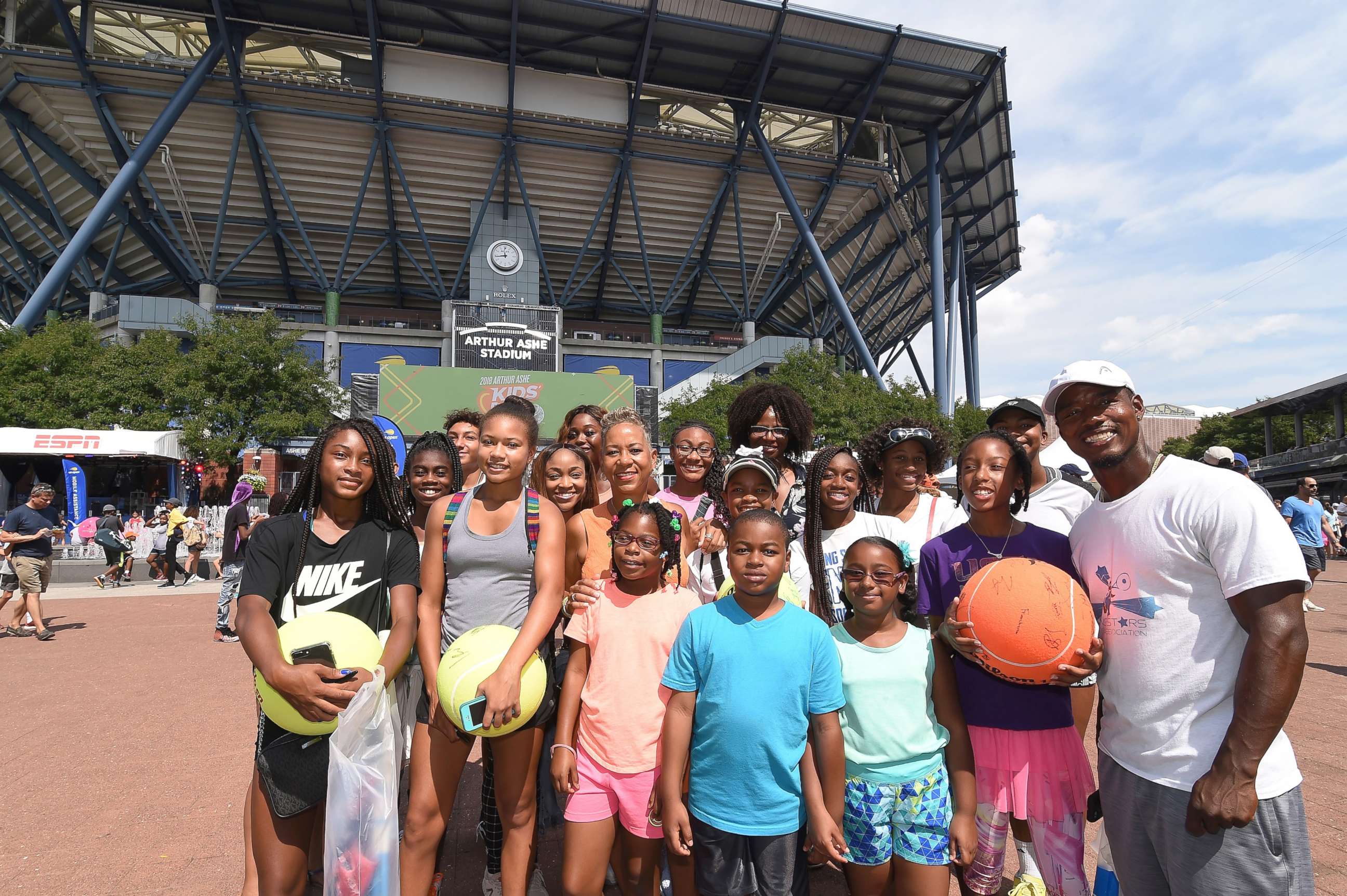
The charitable arm of the USTA also runs the Junior Tennis and Learning Network, which has 350 nonprofit youth development organizations offering free and low-cost tennis options, according to an organization spokesperson.
The USTA National Campus plays host each year to the national championships of both Historically Black Colleges and Universities (HBCU) and the American Tennis Association (ATA), the oldest African-American sports organization.
"For me, it’s not just about African-Americans, it’s about the entire diverse culture that we support, from African-Americans to Asian-Americans, Hispanics, Latinos and the LGBT community," said Adams, who got her start in tennis at age 6 in a summer clinic at a public park. "That’s what’s important for me, to make sure we continue to grow and engage these different cultures."
More to be done
While the USTA has felt the success of the "Williams effect" in drawing more minorities, particularly girls, to tennis, some would like to see even greater outreach at the local level.
Clervie Ngounoue's father, Aime Ngounoue, the tennis coach, said the USTA has "been a lot of help" to his daughter. He would still like to see more outreach for the kids he works with and those across the country.
"The more we have kids involved in tennis, the more we’re going to have champions later on in life," he said. "Not only champions but good kids going to college."
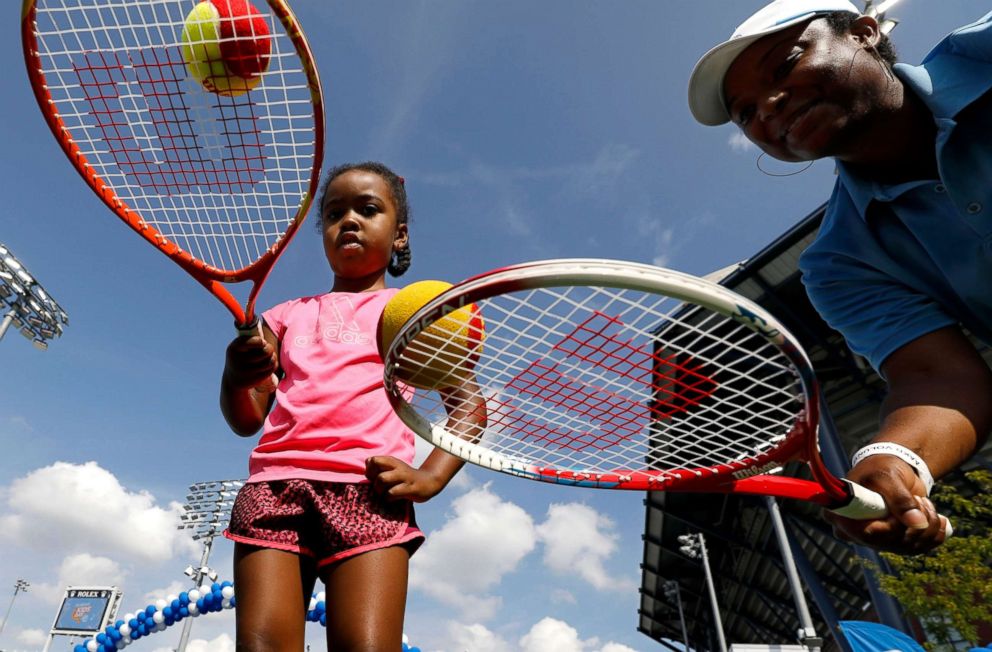
"We have a lot of clubs that are so far away from the National Tennis Center," Ngounoue said. "If they can have the outreach come closer to coaches and the clubs rather than just waiting for the kids who are really, really good already, that can be very, very helpful for those that may be forgotten."
Adams, who has led the USTA since 2015, has pledged that under her leadership, no one will be shut out of tennis.
"Being of color I know what the challenges are for many of these kids, particularly today," she said. "Tennis is a sport for everyone."




